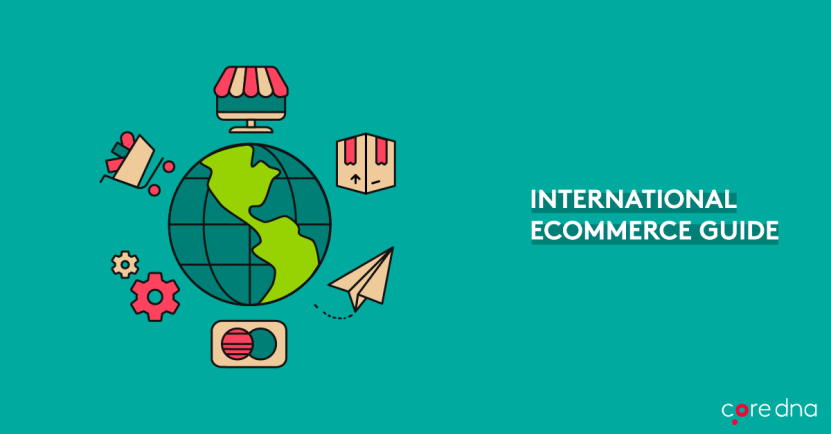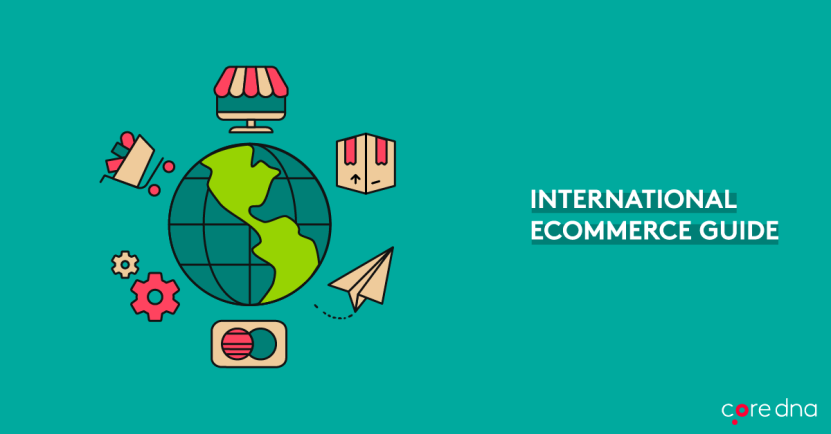
- Prevent mediocre failures like Wal-Mart in South Korea
Do you know how much money Wal-Mart lost in South Korea? 7.4 billion dollars. Wal-Mart failed because it did not modify its western marketing strategy to suit the preferences of Korean housewives, who make up the bulk of the nation’s consumers. The three key errors that produced this predictable outcome are listed below:
The Korean consumer culture prefers hypermarkets that sell food and beverages, contrary to Wal-desire Mart’s to sell tangible things like clothing and technology.
Wal-Mart sought to sell goods by the box, but in Korea, the most popular goods are displayed in striking ways, and locals advertise them loudly with megaphones and other extravagant methods.
Wal-Mart made no attempt to take part in the regional competition. They stuck with their plan even when they began to lag behind others.
So what should we conclude?
Learn everything there is to know about the consumer culture in your target country, and then adjust your marketing and sales plan accordingly.
Here is a short list of fundamental things you should be aware of, with examples from Wal-Mart and Grow Global. These are the topics you must get knowledgeable with if you want to market to a foreign audience:
purchasing preferences of regional consumers
local adversaries
How your industry operates in the target nation Local shopper preferences
devices (e.g. desktop, mobile) (e.g. desktop, mobile)
channels (e.g. online, offline, social) (e.g. online, offline, social)
possibilities for payments (e.g. bank transfer, prepay, e-wallet, cash on delivery)
delivery strategies (e.g. DHL, UPS, FedEx, DPD)
You should look into how local consumers use their mobile devices because there are 0.75 billion m-commerce consumers worldwide. (Source: Grow Global via Internet Live Stats) Supporting mobile checkout choices is also considered here, in addition to a mobile responsive design.
- Ascertain that your e-commerce platform can adjust to a global market.
If you have the appropriate ecommerce system, you can avoid the technical difficulties of internationalisation. Grow Global’s founder, Sarah Caroll, claims that Magento is the ideal platform for expanding internationally for the following reasons:
It allows for multilingual product information.
It can display different currencies.
It offers smooth stock management and is simple to combine with outside systems.
What about Shopify, the most well-liked e-commerce platform?
Sarah claims that the primary issue with Shopify is that it does not by default allow localised language and content. For each of the languages you want to support, you need make a unique store. However, there is a solution for it: plugins like Langify let you get beyond this obstacle. Among its numerous features are the ability to translate any content on your Shopify site, the usage of several domains for different languages, and automatic language detection.
Changing an e-commerce system is a significant step, and some people may find Magento to be too robust.
It’s not the only option for people that don’t want to switch to Magento just yet, though. Here are a few substitute online stores:
E-marketplaces: The most well-known online marketplaces to check out include Amazon, eBay, Alibaba, and Snapdeal.
Marketplaces on social media: The easiest type of shopping to introduce is social shopping, which is also gaining popularity among prospective customers. “Pinterest has the greatest average order value (AOV) of $179.36 compared to Facebook ($80.22) and Twitter ($68.78),” according to the research. Social Media Today, as a source
Plugins can be a fantastic last resort if you’re not using Magento or Shopify and are not interested in the aforementioned marketplace choices.
- Take all possible steps to decrease cart abandonment
Be careful when accepting payments; even the most well-liked ones can drive away clients. For instance, our platform at Antavo interacts with PayPal, enabling users to complete their purchases using any of the supported PayPal payment methods.
But we encountered a lot of unpleasant surprises:
Long validation times: A transaction must be validated by PayPal after six hours. Even when the customer sees that his payment was completed, PayPal has a 6-hour grace period in which it can unexpectedly cancel the order.
Time zone issues: If it is March 2nd in the country of our customer but March 3rd at Antavo’s headquarters, PayPal will refuse the checkout since we are “not on the same day.”
Unsupported nations: Not all countries can use PayPal. For instance, Paypal is not an option for our Nigerian consumers to make payments.
See? Unexpected, nonsense issues can and will arise, regardless of how reliable or well-supported a tool is.
Due in part to such technical difficulties, the average cart abandonment rate was 68.63% globally in 2015. (Referring to Baymard.com) Having a reliable payment option that functions in your target countries is thus a crucial first step.
Here are a few ideas you might want to think about using:
Payment gateways like AliPay, ProPay, MercadoPago, and 2Checkout as well as payment aggregators like Stripe, Braintree, BlueSnap, and Global-e are other factors that contribute to cart abandonment. Examples of payment systems include PayPal, Amazon Payments, Master Card, Visa, American Express, and PayPal. Our infographic contains more information on these problems.
- When the moment is right, localise your content, marketing, and sales plan!
The websites and platform of Antavo were multilingual in 2013 and 2014. We now see that it was not yet time for our product (it was a typical case of premature scaling). As always, every error teaches us something, and we were able to obtain useful knowledge on localization.
Using country managers as a resource: The most effective strategy to convert clients appears to be to collaborate with nearby businesses to offer things. BUT! We just weren’t able to execute it properly.
The ideal candidates for sales and marketing couldn’t be found.
In the targeted nations, our margins were quite slim.
We were unable to inspire the local teams to collaborate with us wholeheartedly.
Using the languages of our clients: Even though we didn’t have the ideal product-market fit, translating our platform and website into four other languages took a lot of work.
Following the discovery of product-market fit, consider the following fast localization checklist:
All product information, checkout forms, conditions, privacy/cookie policies, and website content should be translated into the local language.
Increase client trust by displaying prices in native currencies and accepting local payment methods.
Local delivery strategies By allowing clients to view services they are already familiar with, you may increase your trustworthiness.
Local legislation: Make your terms, privacy/cookie policy, promises, and return policy compliant with the laws of the country you are targeting.
Local tone: Establish a language that will appeal to and inspire trust in your clients.
Local contact information and assistance: Increase your reputation by offering local assistance. This can be accomplished by establishing local phone numbers and offering customer service in their native tongues.
- Modify your marketing plan to fit the climate and customs of the local area
Here, Wal-Mart serves as an instructive case study. Recall my opening statement, which was predicated on their South Korean failure? They were unsuccessful because they didn’t change their western marketing strategy to fit with local customs.
The following are Grow Global’s top suggestions for cross-border e-commerce marketing:
We all understand the importance of this phase as marketers, especially when we are preparing to launch Google Ads. We ought to be aware of the search terms that local consumers use to look for goods that are comparable to (or identical to) ours.
translate the content I must emphasise this. You must make posts, product videos, and product descriptions in the language of your target audience. Include pictures that depict regional culture as a bonus.
Launch campaigns: Your marketing toolbox must include Facebook advertisements, Google ads, and working with local influencers (bloggers or vloggers) in the industry.
Contract a copywriter: Simply translating your website’s original material or product information is insufficient. Original writing that takes into account regional tastes is advised. This strongly encourages conversion rates and believability.
Work with native speakers of the language: You should be able to communicate with your consumers in their native tongues through sales and support. We learned that South Koreans prefer salespeople who use loudspeakers to advertise products from Wal-Mart. With a western mentality, you would never anticipate that.
You should adjust your marketing plan accordingly because what works in one country may not necessarily work in another.
Just keep in mind that it’s not complicated.
Going worldwide can undoubtedly be frightening, as I mentioned in a number of the points I stated above. However, don’t worry; you have done this before. We are aware of this since you did it in your neighbourhood market before!
E-commerce globalisation ultimately consists of just 3 simple processes.
studying the international market
modifying marketing and sales.
addressing the technical details.
Finally, expanding internationally presents enormous potential benefits for your online store. I therefore urge you to proceed if you are ready to do so. I’m supporting you online, via blogs!
